26 September 2013 marks exactly 40 years since Concorde, the supersonic passenger aircraft, made her first non-stop flight across the Atlantic.
Concorde was such a unique mode of transport, in both her design and in her operational service, that it is probably possible to mark an anniversary of some kind for every week that she was in operation! But it was in September 1973 that she flew for the first time directly from Washington in the Unites States to Orly airport in France, crossing the Atlantic without stopping.
With an average speed of 954 miles per hour, it was a French model of the Concorde which took just three hours and 32 minutes to make the journey, smashing the previous record in half. A Boeing 747 would have taken more than seven hours for the same trip.
This flight brought to an end a publicity tour of North and South America designed to convince hesitant (or reluctant) airline companies to buy the aircraft. The visit also coincided with the opening of Dallas Fort Worth Airport, Texas, on 22 September 1973, where Concorde touched down on American soil for the first time.
Jointly designed and built by the French and British governments, with literally hundreds of private companies involved as sub-contractors and suppliers, the planes were bought and run by British Airways and Air France. Commercial flights to Bahrain started in 1976, and regular flights to New York did not start until 1977.
In Britain the development of Concorde was originally the responsibility of the Ministry of Aviation, with links to many other government departments, each of which had a Concorde Division, which worked together under a Directing Committee. Consequently, The National Archives holds literally thousands of files concerning Concorde from many different departments across central government, such as the Foreign Office, the Board of Trade, the Department of Industry, the Ministry of Aviation and the Civil Aviation Authority.
And there are files from departments you may not have expected. For example, we hold a file from the Meteorological Office for 1963-4 (BJ 5/304) on how Concorde might be affected by the weather. Remember that there had never been a supersonic passenger aircraft before, so nobody knew whether travelling faster than the speed of sound would make a plane behave differently when encountering strong wind, fog, hail, ice crystals, ozone, solar flares and cosmic radiation.
How would Concorde behave if it ever had to ditch in the sea?
That was the question being researched by the British Hovercraft Corporation in 1974 (DR 33/629), as they catapulted models of the aircraft across open water to see what would happen.
Another of the more unusual files is from the Ministry of Health (MH 159/583) regarding a request from officials at the Ministry of Technology in 1968. They wanted to monitor the effects of Concorde’s sonic booms and vibration on hospital buildings, medical equipment, timber structures, and suspended ceilings, as well as any detrimental effects on people and livestock. As part of their investigations they wanted to check whether the number of medical accidents increased as a result of sonic booms catching people by surprise.
So they asked the Ministry of Health to conduct a survey at Hospital Accident and Emergency departments. Obviously they did not want patients to know the purpose of the survey, so they were not allowed to mention Concorde or sonic booms, but the survey would consist of two questions:
- What caused your accident?
- Did a sudden noise contribute to it?
Not surprisingly the Ministry of Health replied that A&E departments had more important things to do, and declined to get involved in such a survey.
After 27 years of taking more than 2.5 million passengers at speeds of 1,350 miles per hour, Concorde’s brief commercial life came to an end on 24 October 2003 when she made her last flight to London’s Heathrow airport from New York. On board she carried a host of celebrities including Joan Collins, Tony Benn and Sir David Frost.
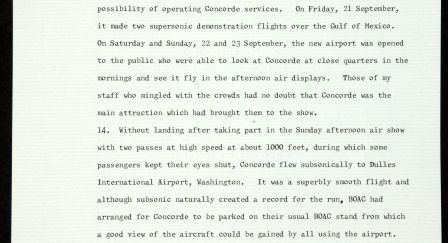
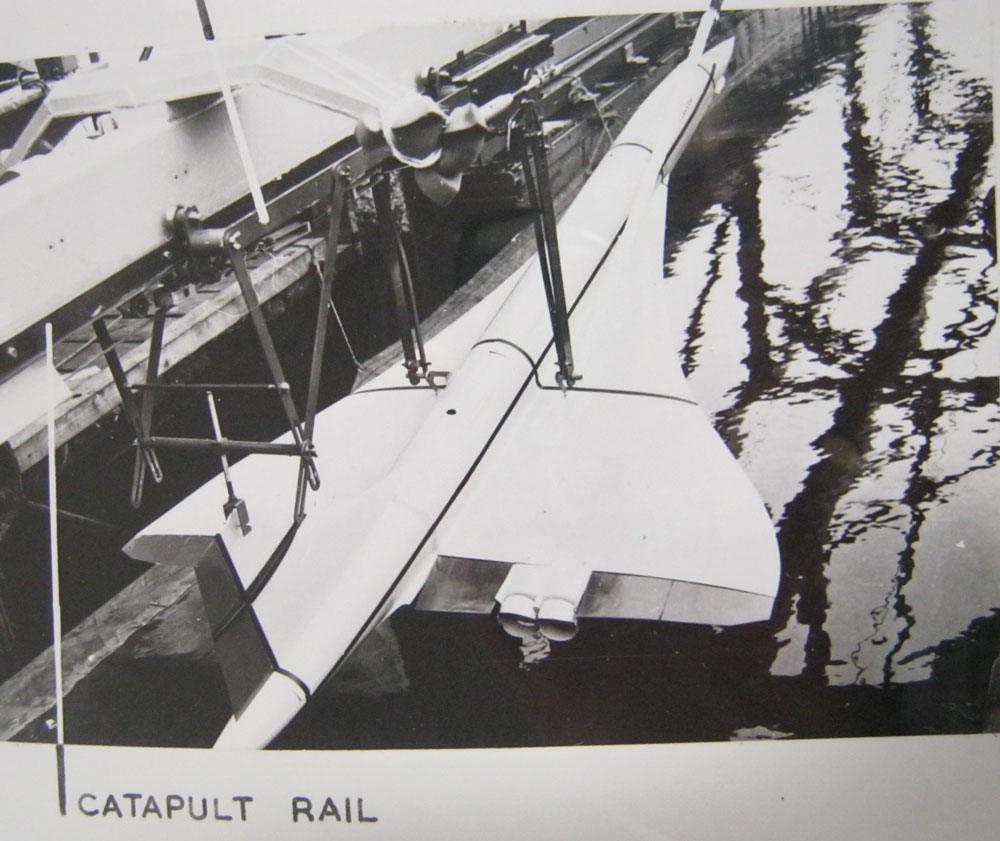
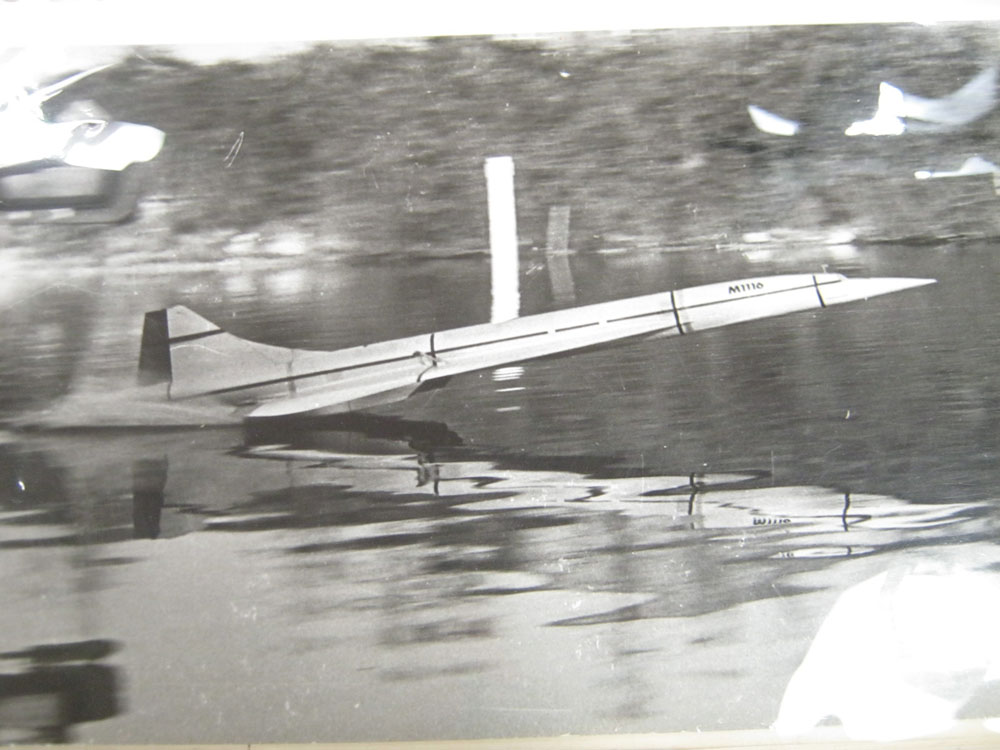
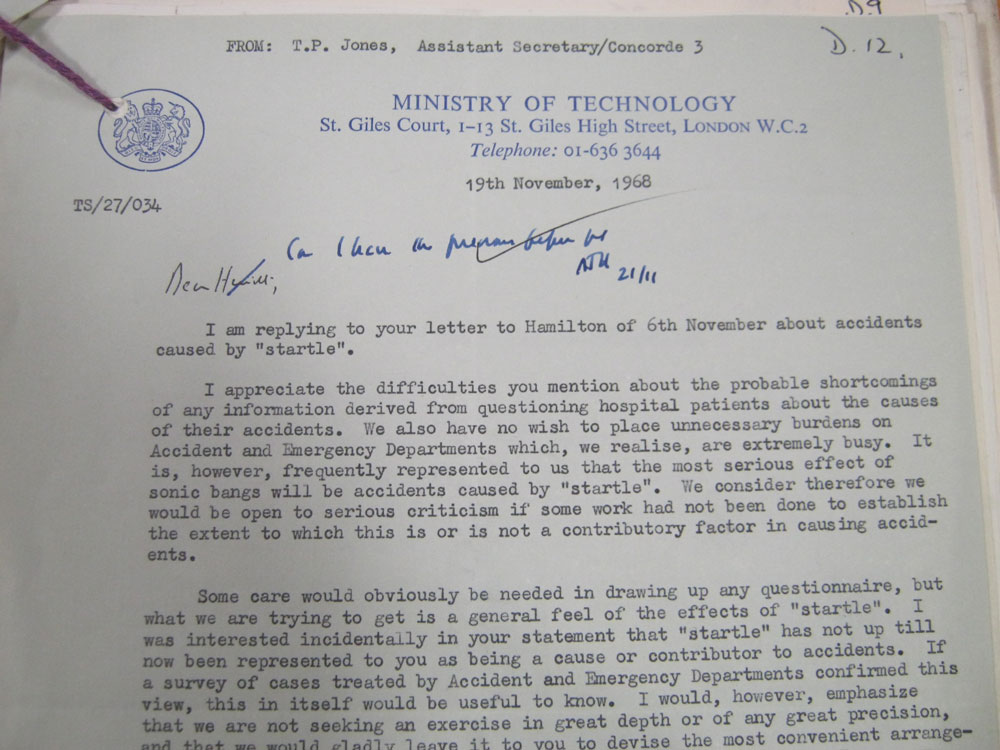
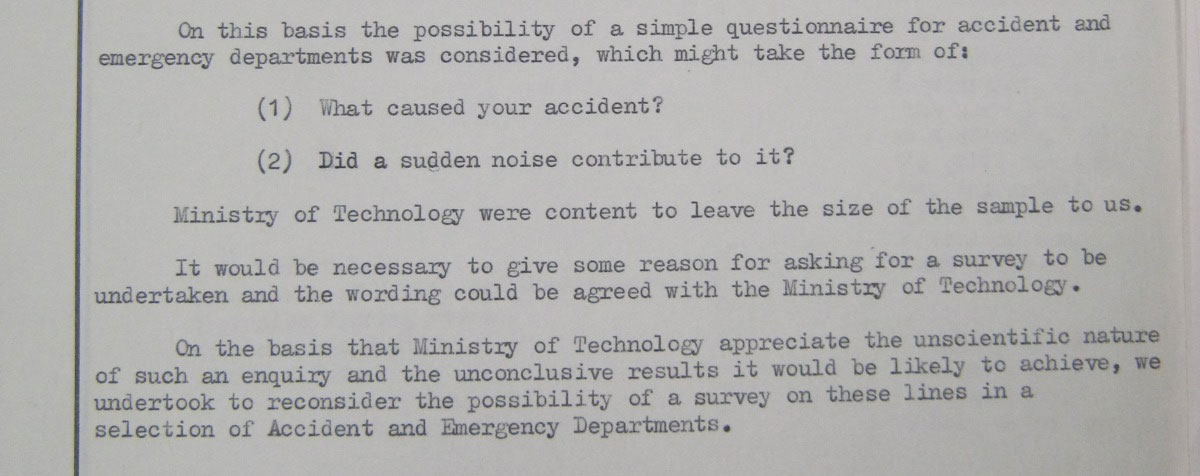
We should not forget that some countries objected to having Concorde in their air space and the Soviet Union had ‘Concordski’. Whilst Concorde might have travelled faster it was vastly more expensive than normal air flights (let alone the Research and Development costs) and that the crash of the French Concorde effectively ended Concorde. It could be said that Concorde was a vision of the 1960s and 1970s following the Comet aircraft that fell behind the times and that the financial problems and rescue of Rolls-Royce in 1971 certainly did not help. Whilst Concorde flew between the UK and USA the logic would have been for flights to Australia.
It’s also worth remembering the ludicrous scenes showing anti-Concorde protesters driving around the airport where Concorde was to make her first arrival. Even then, Green Loonies had whipped them up into brain-dead zombies carrying placards and telling TV reporter of how noisy Concorde was and how its arrival would disrupt and destroy the lives of anyone living near an airport. All these “facts” being stated by them before Concorde had even flown there, let alone taken off or landed. No apologies or retraction from the later, when the results were in and the actual monitored noise levels were less than the older and noisier conventional jets using the same airport. But then again, when did facts or truth ever matter to a protester or activist with an agenda? Since America did not have an SST, there was clearly a group out to (try to) make sure nobody else would – until they caught up. But they never did. They did however poison the water, and all the customers pulled out by the time Concorde was ready to deliver. And even the Russians managed to steal flawed designs, and theirs crashed, and lacked subtle design advances in the wing shape that could not be seen in plain drawings. Still a long and interesting history, that spreads over many pages, and hides much intrigue.
[…] the pond, from D.C. to Paris, in a record-smashing three hours and 32 minutes. A Boeing 747 took twice as long to go as […]
[…] the pond, from D.C. to Paris, in a record-smashing three hours and 32 minutes. A Boeing 747 took twice as long to go as […]